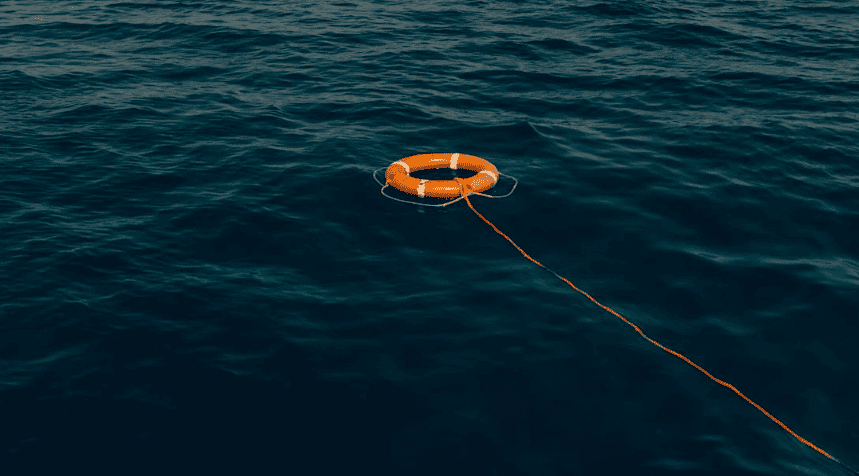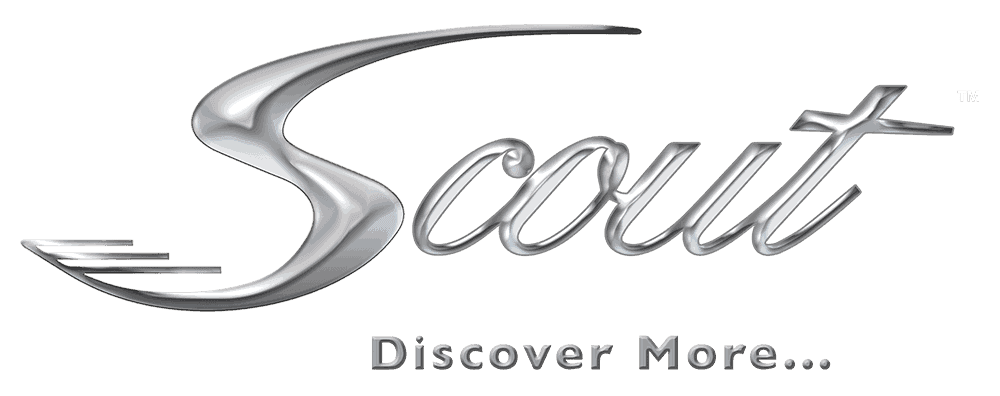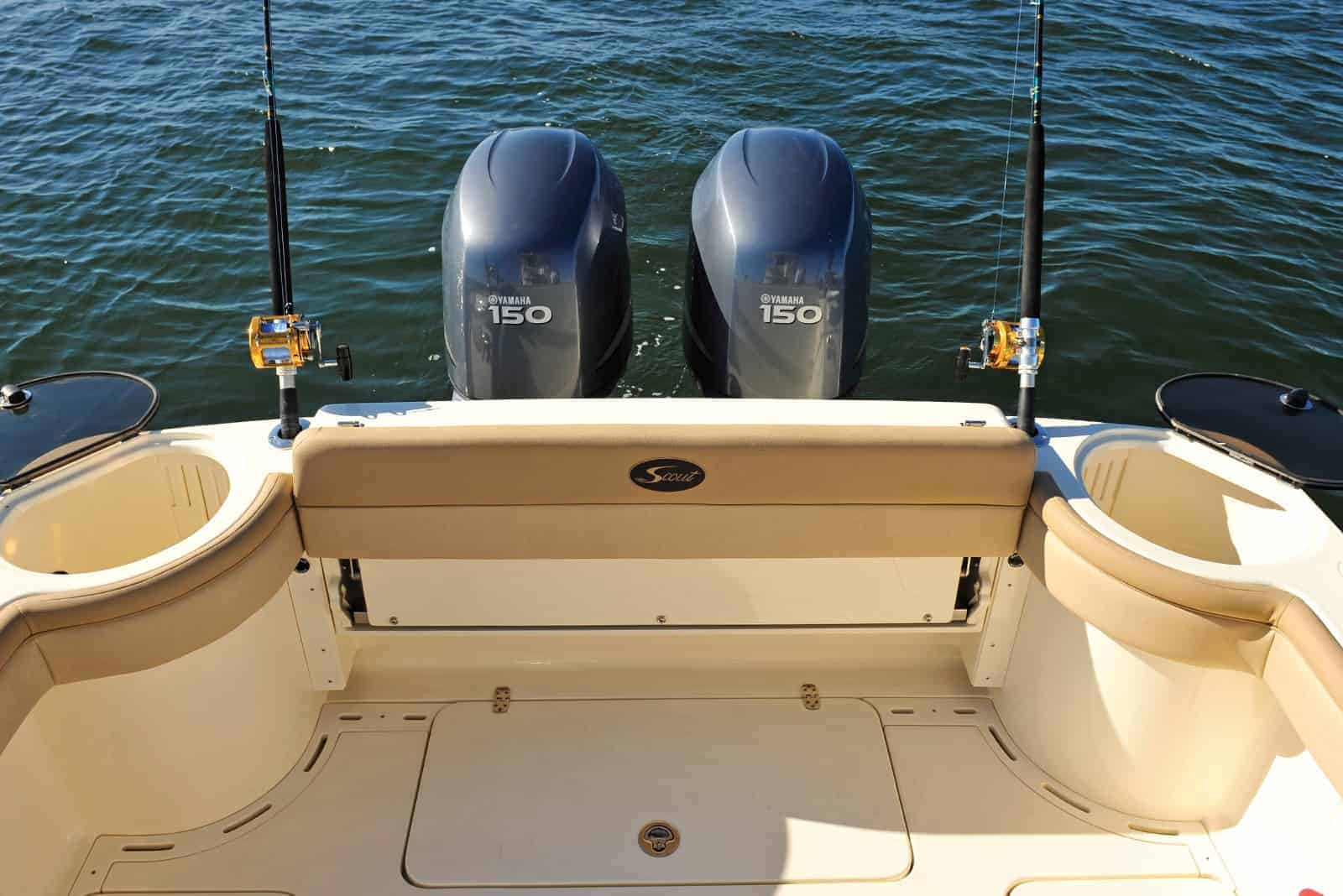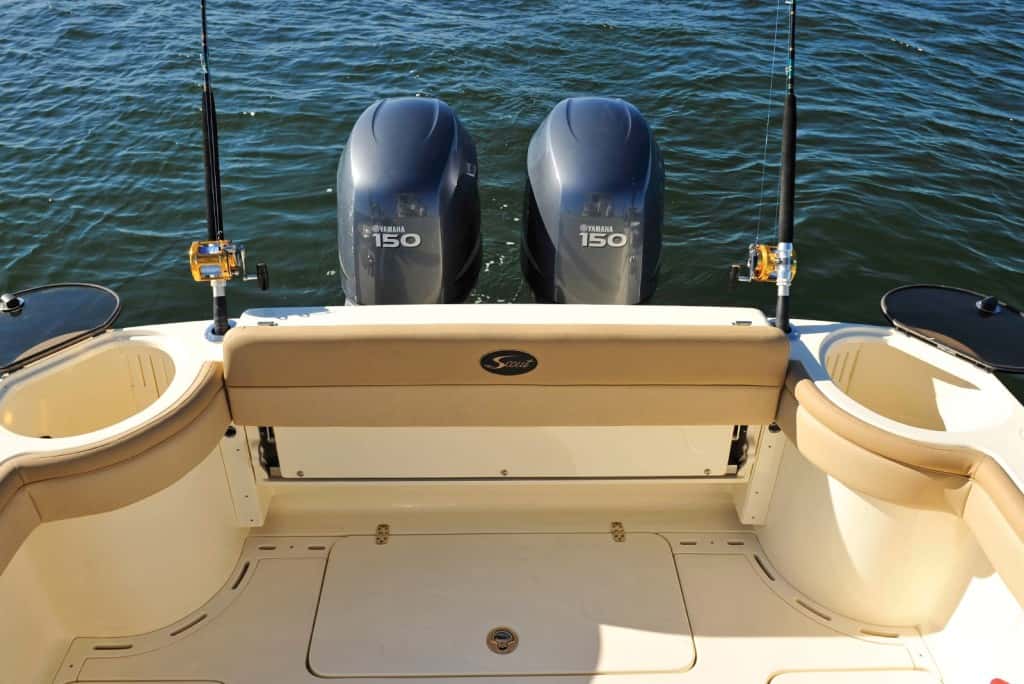
Boating enthusiasts, fishermen, and the yachting community share a special love for the open ocean, where the thrill of adventure and the shimmer of the sea are unparalleled. However, as beautiful as the water can be, it is also an unpredictable force that demands respect and preparedness. No vessel is immune to the possibility of an emergency—a concept that resonates deeply with the team at Scout Boats, who are committed to not only delivering top-notch equipment but also to ensuring that their customers are equipped to handle anything the ocean throws their way.
In this comprehensive guide, we’re tackling the serious business of staying safe on the water. Whether you’re an experienced boater or a saltwater rookie, these 12 tips for preparing for emergencies on the water will equip you with the knowledge and gear necessary to transform a potential crisis into a managed situation.
Safety Equipment Checklist
Essential Safety Gear: Every boater should equip their vessel with the Coast Guard’s minimum requirements, which include life jackets (one for each passenger), a throwable flotation device, a fire extinguisher, visual distress signals, sound producing devices, and a first aid kit. However, savvy mariners go beyond the basics, adding items like a handheld GPS, a marine radio, an emergency position-indicating radio beacon (EPIRB), and a well-stocked ditch bag for worst-case scenarios.
Regular Maintenance and Inspection: It’s not enough to have safety gear on board; it must be in working order. That means checking expiration dates on flares, ensuring that all lights and sound-producing devices function properly, and keeping life jackets free of mildew and wear. Set a schedule for regular gear checks—perhaps coinciding with the change of the boating season—and update or replace any equipment that doesn’t meet safety standards.
Weather Monitoring and Planning
Strategies for Monitoring Conditions: The adage “knowledge is power” is never more true than when it comes to boating. Develop a habit of checking the weather forecast with reputable sources days before your trip, and learn to recognize the signs of impending weather changes during your boating experience. Modern technology offers a range of tools, from smartphone apps to onboard radar, that can keep you informed of weather patterns in real-time.
Having a Solid Plan: A clear and flexible plan based on weather forecasts is a boater’s best friend. Know where you will take shelter if a storm rolls in, and have alternate routes in mind. Share your plan with a “land-based contact” who can notify authorities if you fail to check in. Practice emergency maneuvers like heaving-to or using a sea anchor, so you’re prepared to execute them if necessary.
Communication Protocols
Establishing Procedures: Before setting sail, agree on communication protocols with your crew and contacts on shore. How often will you check in? What methods will you use? Determine a timeframe for when you’ll activate your emergency plan if communications break down.
Emergency Communication Devices: Modern boating safety includes an array of communication tools. Invest in a fixed marine VHF radio for clear and reliable communication, keep a satellite phone as a reliable back-up if you venture far offshore, and consider a personal locator beacon (PLB) for each crew member in your ditch bag.
Navigation and Route Planning
Safe Route Considerations: Avoid high-risk areas and choose routes that offer shelter from the elements. Utilize the buddy system by planning trips in tandem with another boat, where each team provides additional support and safety.
Staying Updated on Charts and Local Regulations: The water’s landscape is constantly changing, so staying current on updated charts is crucial. Understanding and respecting local boating regulations not only keeps you safe but also protects the marine environment. Engage with the boating community and establishments to gather firsthand knowledge about your intended route.
Emergency Response Training
The Significance of Training: Even the best gear is only as good as the person using it. Consider taking a boating safety course to learn about emergency procedures and the proper use of safety equipment.
Obtaining Training and Certifications: Organizations like the United States Power Squadrons and the United States Coast Guard Auxiliary offer courses tailored to various aspects of boating safety. Earning certifications in first aid, CPR, and marine radio operation can make a world of difference in an emergency.
Understanding Emergency Signals
Distress Signal Basics: Learn how to effectively signal for help by using distress flags, flares, and sounds. Only activate distress signals when immediate assistance is required; false alarms not only waste resources but can dull the response to real emergencies.
Familiarize All Passengers: In the event that the captain is unable to send distress signals, other passengers should know how to use the equipment. Regularly review and practice emergency protocols to ensure everyone on board is clear on their responsibilities.
Conclusion
Preparation is not just about checking items off a list; it’s about cultivating a mindset of safety and readiness. The investment you make in preparing for emergencies on the water is an investment in your life and the lives of those who share in your boating experience.
In conclusion, by following these twelve tips, you are well on your way to becoming a responsible and prepared boater. Our team at Scout Boats stands ready to support you with the knowledge and equipment you need to safely enjoy the water. Remember that the true art of being a mariner is not just in setting sail, but in navigating the sea of possibilities that come with it—emergencies included. Happy and safe boating!
Build Your Scout Boat Today
At Scout Boats, our mission is to craft exceptional luxury models ranging from 17′ to 53′. Each of our vessels is meticulously designed to incorporate enduring innovations, cutting-edge technology, and trendsetting features that define the pinnacle of boating excellence. Build your Scout Boat today.
Disclaimer: This article is for informational purposes only. Always follow safe and responsible boating practices.




